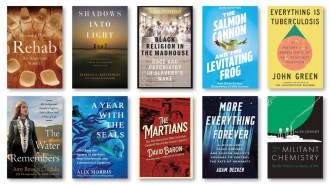‘Death: A Graveside Companion’ offers an outlet for your morbid curiosity
New book explores the how humans have tried to understand death through the ages
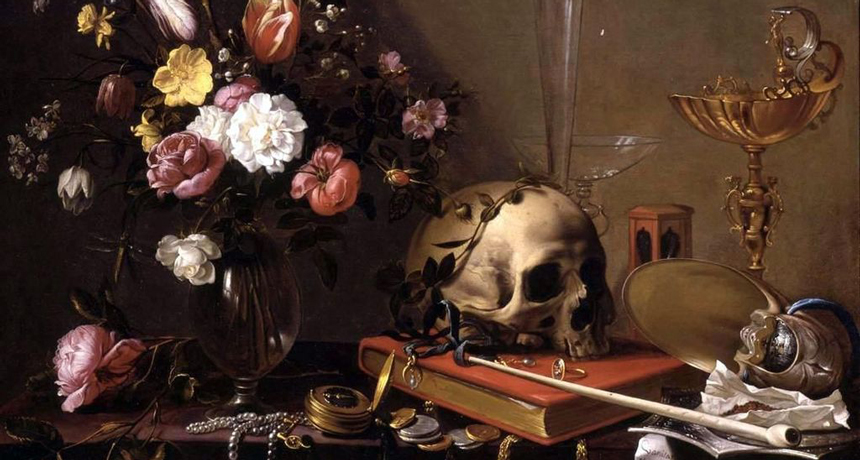
BEAUTY AND DECAY Vanitas art, which explores the vanity of life and inevitability of death, became popular in the 16th and 17th centuries. Adriaen van Utrecht’s 1642 Vanitas Still Life With Flowers and Skull is shown.
A. van Utrecht, Andreagrossmann/Wikimedia Commons
- More than 2 years ago
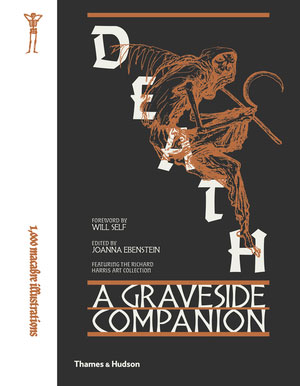 Death: A Graveside Companion
Death: A Graveside Companion
Joanna Ebenstein (ed.)
Thames & Hudson, $40
Death: A Graveside Companion makes for an unusual coffee-table book, with its coppery etched Grim Reaper on the cover. Yet you may be surprised by how much fun it is to pore through the book’s lavish artwork of skulls, cadavers and fanciful imaginings of the afterlife.
There is, after all, a reason for the term “morbid curiosity.” It’s only natural for people to try to understand and come to terms with their inevitable demise, and as the book reveals, it is only in modern Western society that the topic of death has become so taboo. Even as recently as Victorian times, the book notes, the dead were laid out in the family parlor, their hair cut off and twisted to make decorative mementos to hang on the wall.
As a founder of New York City’s now-closed Morbid Anatomy Museum, Joanna Ebenstein has set out to help change modern attitudes, by giving us permission to let our morbid curiosity loose. “It is my hope that this book might act as a gesture towards redeeming death, to invite it back into our world in some small way,” she writes. “It is precisely by keeping death close at hand and coming to terms with its inevitability that we are able to lead full rich lives.”
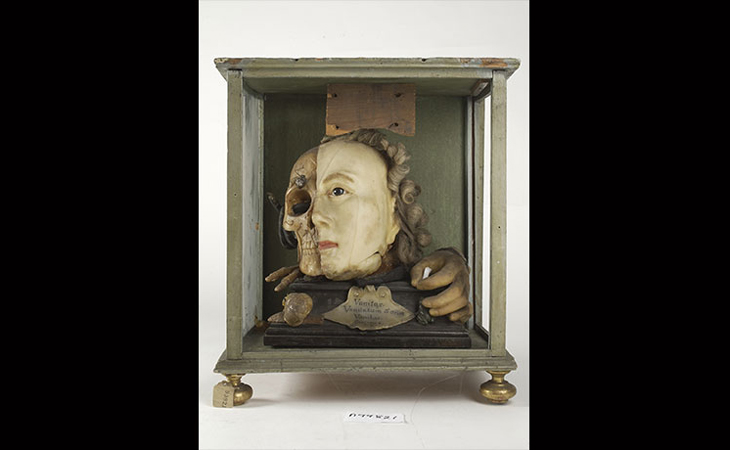
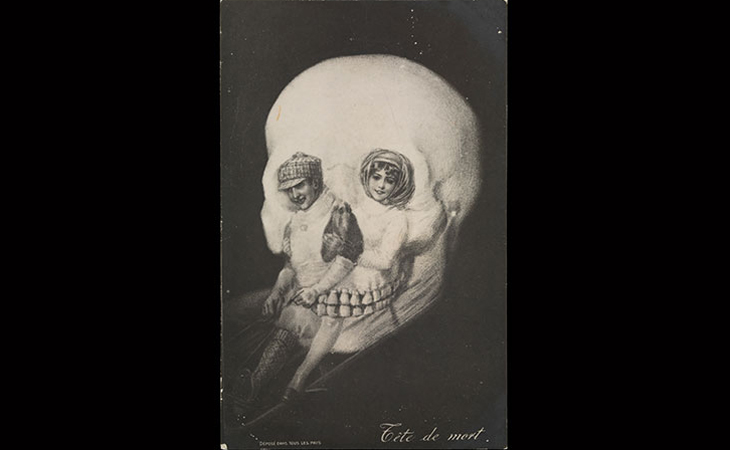
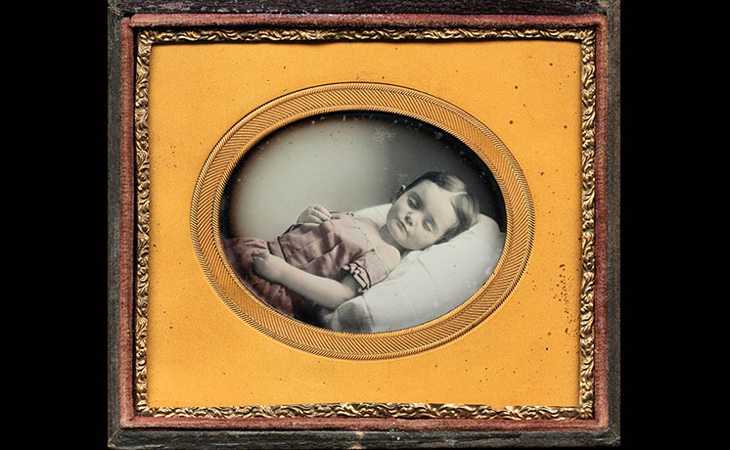
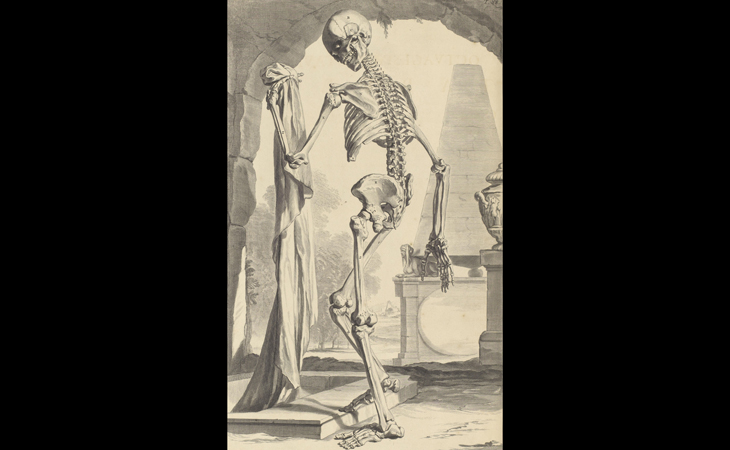
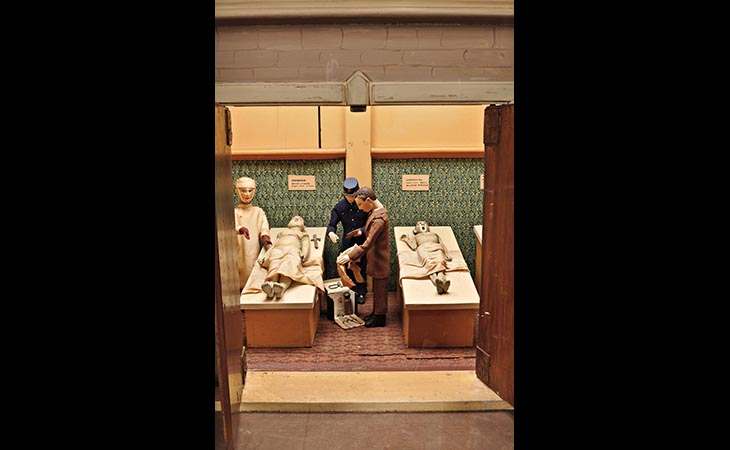
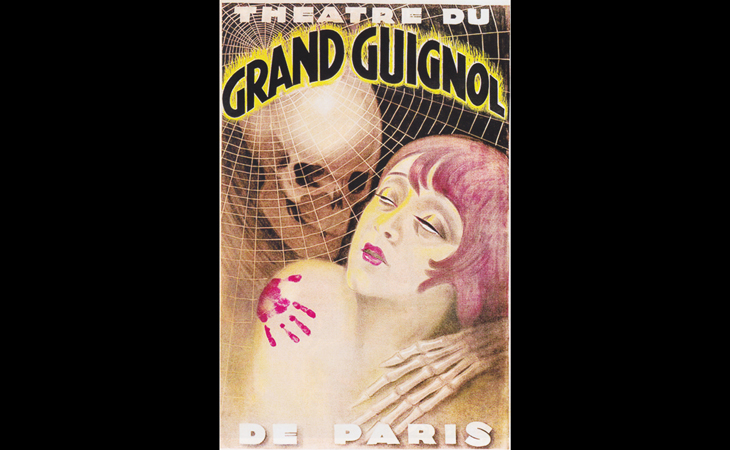
While the essays are illuminating, the illustrations and photographs, along with informative captions, provide most of the book’s substantial heft, as well as its heart. Only by browsing through still life paintings called vanitas, popular in the 16th and 17th centuries, for instance, will you truly grasp what these symbolic masterpieces are meant to convey: the transience of beauty and earthly pursuits.
If I have any quibble with this compendium, it’s that the essays (but thankfully not captions) are printed in sepia tones that make them hard to read without good lighting. But given the subject, this book may be best read while sitting next to a sunny window anyway.
Buy Death: A Graveside Companion from Amazon.com. Science News is a participant in the Amazon Services LLC Associates Program. Please see our FAQ for more details.





